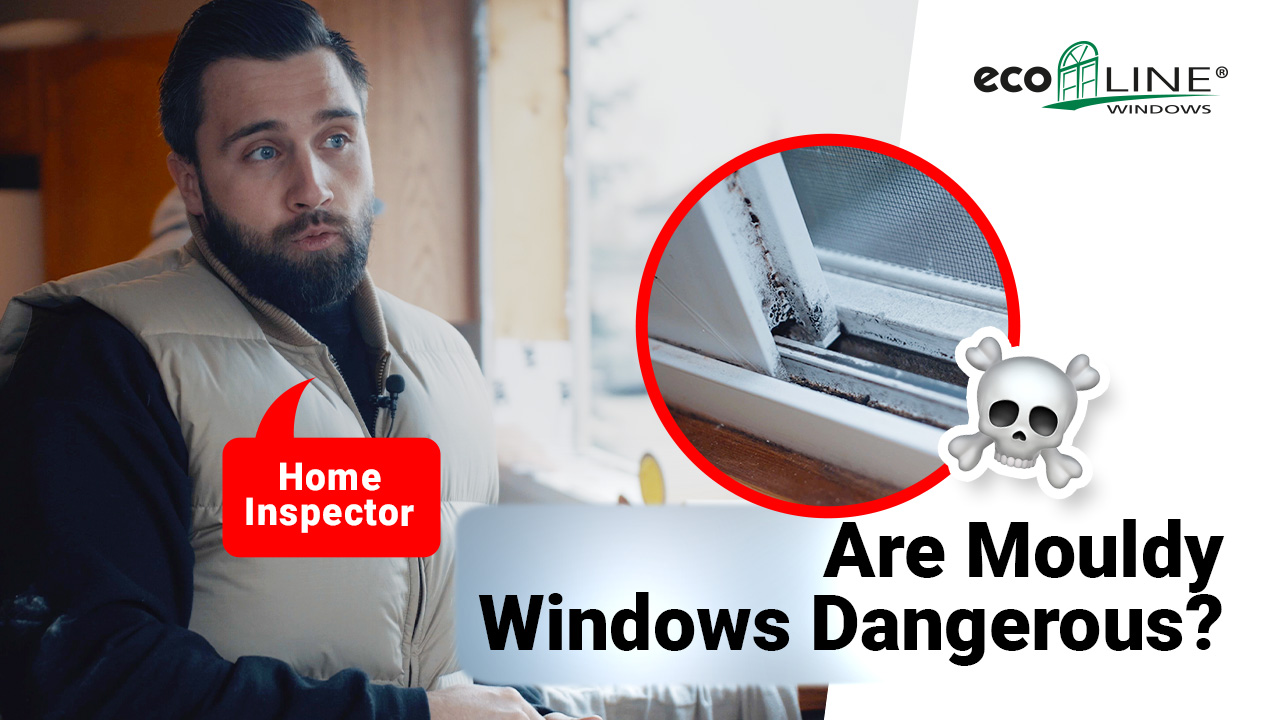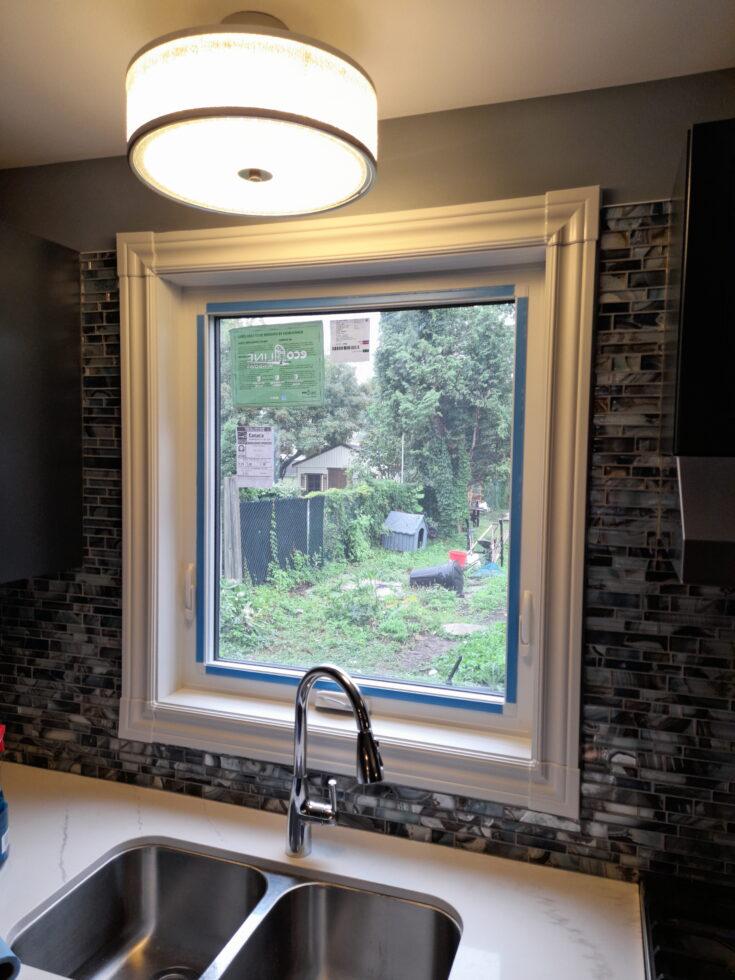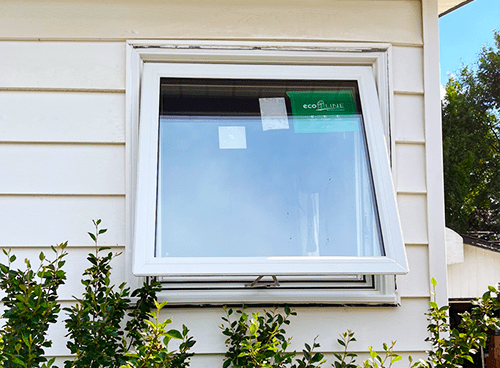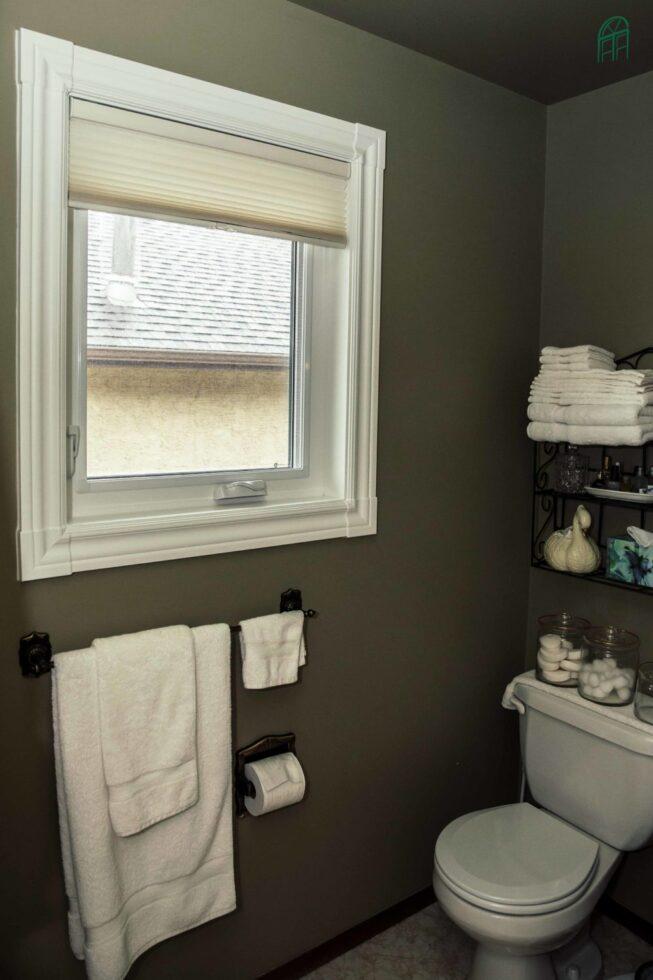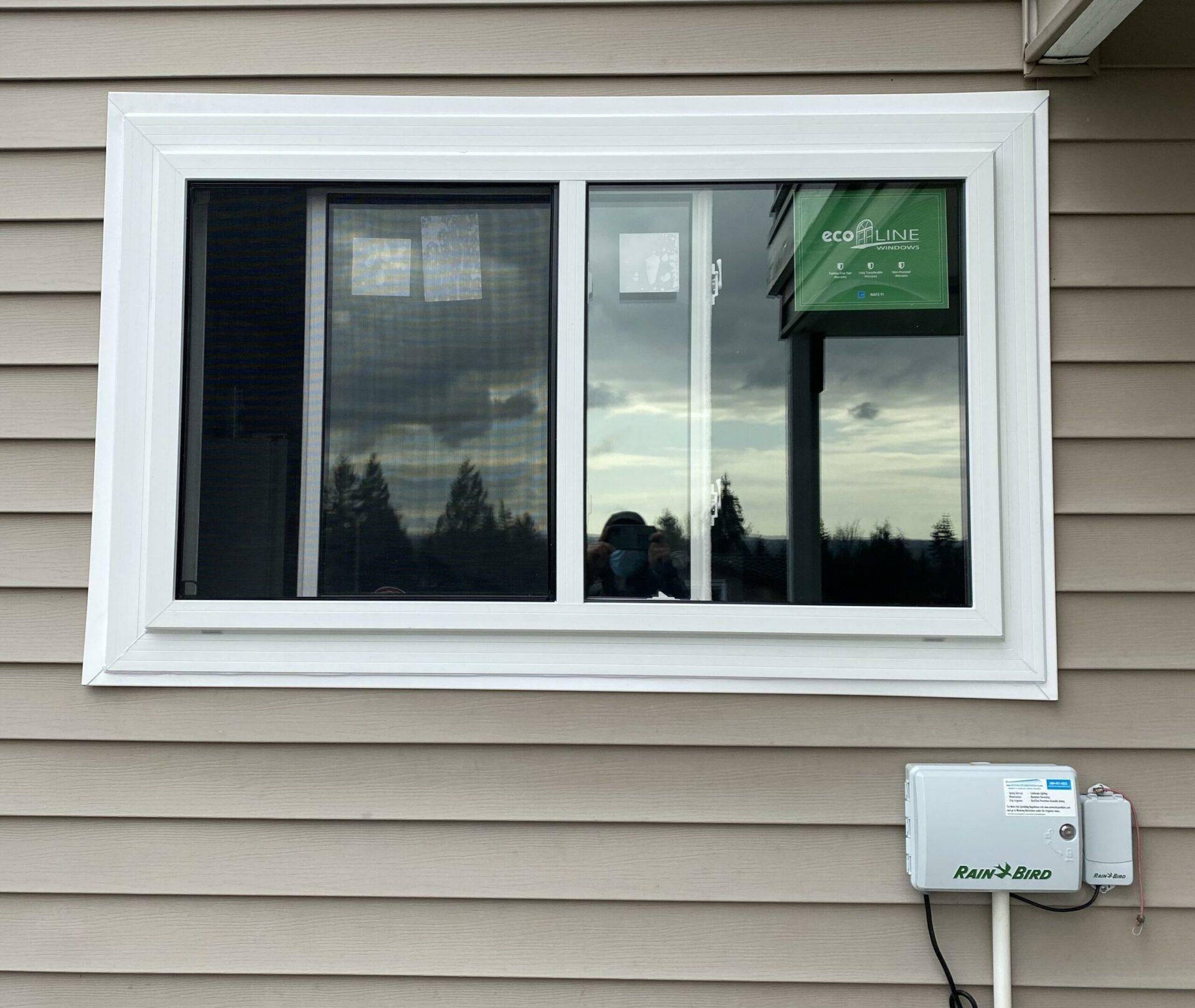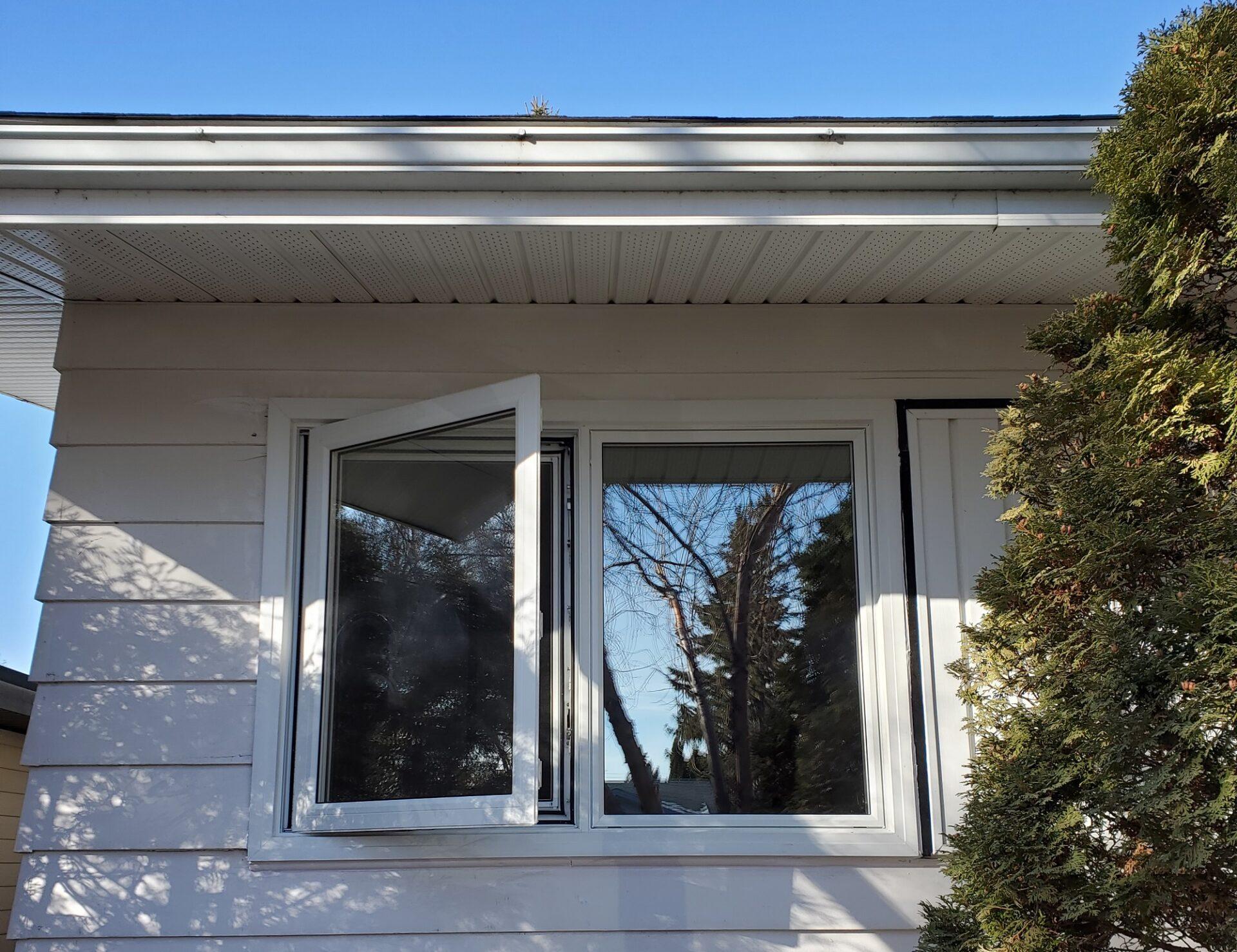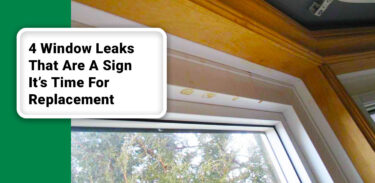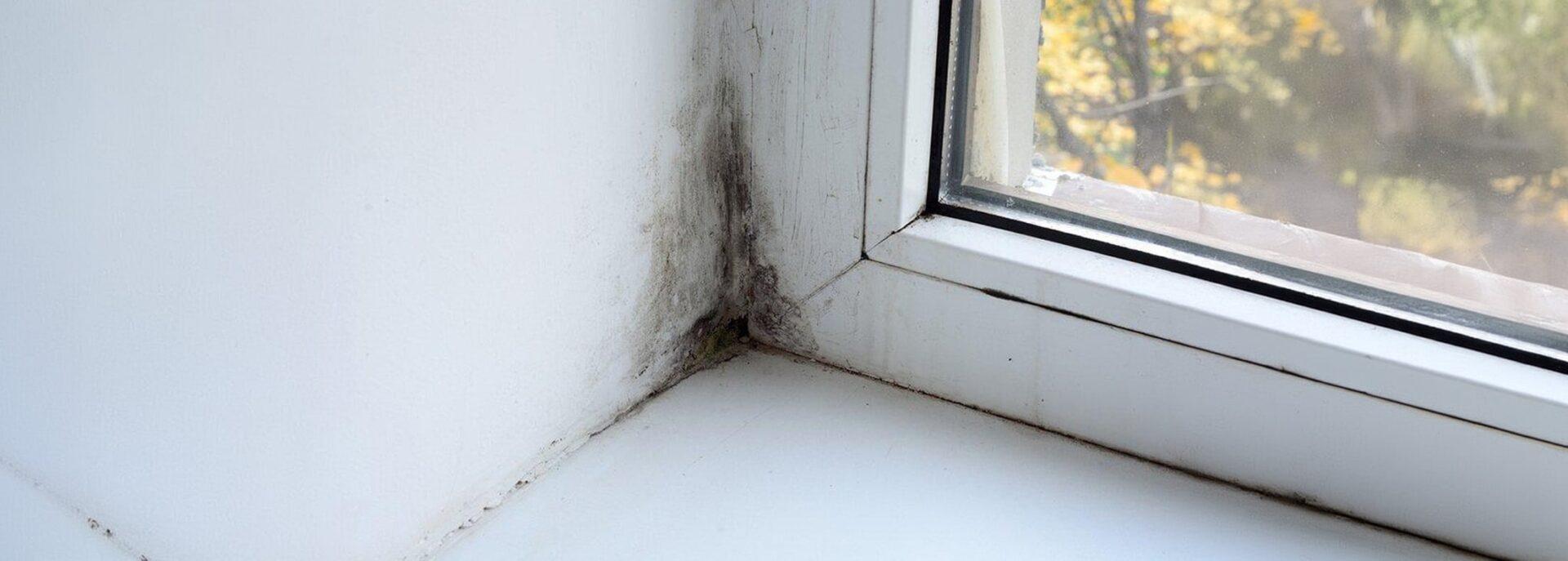

Window Mould Removal: How to Stop It Once and For All [2026 guide]
Jan 6, 2026
9 min read
3086
What’s the first thing that comes to mind when you think of mould? Did you imagine biting into a tangy piece of blue cheese or remember how quickly that penicillin took care of the infection you had?
Probably not.
More likely, nasty images of a black, slimy fungus came to mind that made you cringe. If you’ve discovered mould on window sill or around it , it can be upsetting and cause for concern. Not only does mould look awful as it grows on your windows, but it can also cause some significant health issues for you and your family.
Before we tackle how to remove it and prevent it from growing again, let’s learn more about what it is and how it’s caused.
What is Window Mould?
- It’s a living organism.
- It can grow as single-cell yeasts or multi-cellular filaments.
- There are over 100,000 different species.
- All types of mould require moisture to grow.
- Mould spores can be disbursed by wind or water.
- It is resistant to extreme temperature and pressure.
- It can start to grow within 24 to 48 hours after water exposure.
- Approximately 10 to 20 percent of the world’s population is allergic to mould.
- Canada Health website describes some symptoms associated with mould exposure. Sensitivity to mold symptoms include congestion, eye irritation, asthma, wheezing or skin rashes. More severe symptoms can develop with continued exposure to toxic black mould and in extreme cases lead to permanent damage to the central nervous system or death.
While these facts can be disconcerting, there’s no need to panic. If you notice mould around windows, you have to deal with it ASAP.
First, follow these steps to remove the unsightly fungus, and then, take the necessary action to prevent it from growing again.
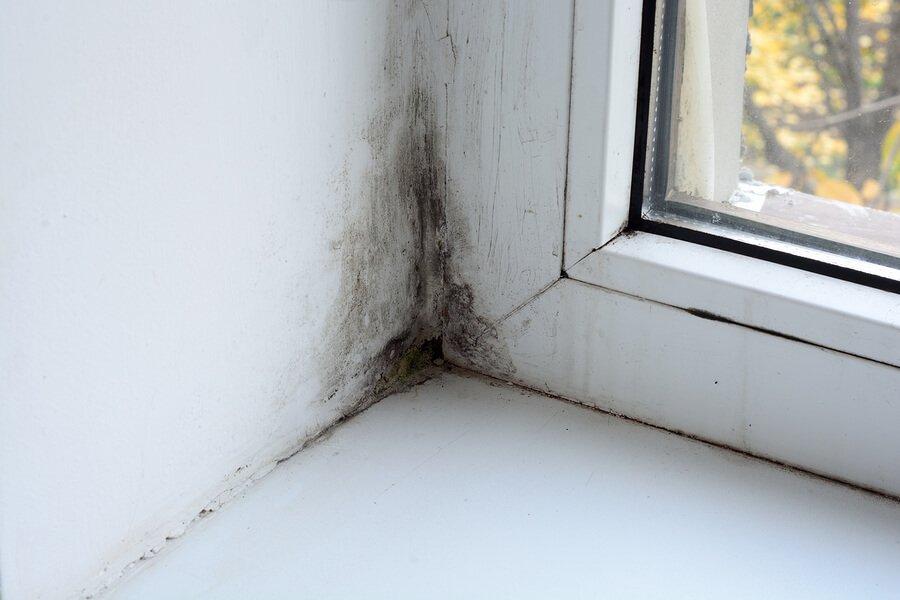
How to Clean Mould from Windows?
Of course, windows are supposed to keep moisture from getting into your house, but condensation and air infiltration can leave you with mouldy window casings. It’s vital that you wear protective gear to keep prevent spores from touching your skin or getting into your lungs.
You’ll need protective coveralls or long pants and a long-sleeved shirt, gloves, disposable hair and shoe covers, gloves, safety goggles and a mould safety face mask before you start. Make sure to keep children and pets away from the work area.
Tape plastic over doorways and air vents to prevent airborne spores from spreading to other parts of your home.
- Open the window. This will provide fresh air, easy access to all parts of the window, and help dry the affected areas.
- Use a spray bottle to mist the mouldy window casings. This will reduce the spread of mould spores as you work.
- Mix together a few drops of dish detergent or baking soda with warm water. This will be used to clean the affected surfaces. Dip paper towels in the mixture and wipe down any area with visible mold. Take care to place the used paper towels in a plastic bag, seal tightly and discard. Stubborn spots can be cleaned with a plastic scraper.
- Prepare a mixture of 1/4 to 1/2 cup of bleach and one gallon of water. This will be used to disinfect the area and kill any remaining mold spores. Scrub the window casings and allow the bleach to cover the window casings for 15 minutes.
- Rinse with clean water and dry thoroughly. Use a window fan or hair dryer to shorten drying time.
There are other tested ready-to-use solutions for mould removal. One of them is Concrobium Mould Stain Eraser reviewed and recommended by Steve Maxwell. As Steve says this “…new product that’s not only surprisingly effective but also does more than the manufacturer claims.” You’ll want to look into it if you have mold on window frame, sill, or other surfaces.
How to Prevent Mould on Windows
Mold spores are microscopic and impossible to see with the naked eye. To prevent them from spreading, make sure you disinfect anything you’d like to reuse by immersing them in the bleach and water mixture.
Keep clothing you wore separate from your regular laundry and wash in hot water as soon as possible. For an added layer of protection, use bleach in the wash cycle, if possible.
You can also use a negative air machine and a vacuum with a HEPA filter to remove up to 99.97 percent of lingering spores.
Preventing Mold Reoccurrence Around Windows: Step-by-Step Instruction
While controlling mold on windows from condensation requires some regular maintenance, it is usually only for three or four months during the winter when the moisture is high that these steps are necessary. Once temperatures increase outdoors, condensation becomes less of a problem.
If all window sills in the house are cleaned at the beginning of spring, mould growth will typically not return until the next winter. If existing mould growth is not cleaned as summer approaches the mould growth will dry and will be harder to clean later.
There are several key issues that should be addressed to keep mould from reoccurring: Proper ventilation, eliminate moisture and keep the area clean.
Proper Ventilation
By increasing ventilation to the area, you’ll reduce moisture. This is especially important in bathrooms and kitchen areas where steam will be present. Open windows when possible, run exhaust fans and use a dehumidifier in summer months to remove moisture from the air. If you have fixed windows in these area, make sure to replace them with operable models like casement windows, hung windows or sliders.
Controlling humidity and keeping your home dry is the key to preventing and stopping mould growth.
Eliminate Moisture
It’s important to keep window sills and casings dry to keep mold from re-growing. Use a towel to remove condensation and pooling water from window sills and surrounding areas. Make sure gutters are cleaned out so rainwater and snow melt don’t spill over onto the windows. Seal leaks in and around the windows to prevent water from seeping in.
Mould around windows: Keep the Area Clean
Mould spores are present in many forms including dust, so it’s important to keep the room clean where mold was removed. Wash the windows often using a vinegar and baking soda solution. Dust and vacuum the room regularly to remove lingering spores and prevent mold from re-growing.
Hidden Issues
Even after thoroughly cleaning visible mould from your windows, you may still notice a mouldy smell or experience health concerns. If this is the case, you’ll want to investigate to see if there is a hidden mould problem.
It is also important to regularly inspect the condition of the caulking around the window to prevent condensation from entering wall cavities where moisture takes longer to dry.
Modern windows are also designed to drain and have drainage holes in the outer portion of the frame. The drain holes in the window tracks should also be checked regularly as part of good housekeeping and maintenance to ensure that debris has not clogged the holes.
There are various types of installation procedures for windows. There may be a drainage mechanism designed in the tracks or if the sills are flush it could cause condensate to run down the outside wall below the window. Regardless of the type of installation, good maintenance and proper care can avoid any water damage or possible mould growth that may occur.
How to Stop Mould on Windows: Detect It Early
Early detection is critical, so don’t ignore the issue. Check under wallpaper, behind drywall and ceiling tiles, in heating ducts, and underneath the bathroom and kitchen sinks. There may even be an issue with rotting wood windows that may have trapped mold in the crevices of the frame.
If you have checked everywhere and still notice the tell-tale odour, it may be time to bring in a professional to inspect your home. Contact the technicians at Ecoline Windows for a no-obligation evaluation. They will check the condition of your windows and frames to determine if you need replacement windows. You may only need a couple of replacements to stop mould in its tracks.
Although there is always a risk of mold growth in your home, maintaining a proactive approach through prevention methods will keep the problem under control, keep your windows looking their best, and help your family breathing easier.
F.A.Q
What causes mould to form on windows?
Mould on windows typically forms due to condensation. When warm, moist air inside the home contacts the cold window surface, it creates condensation. This moisture provides an ideal environment for mold growth, especially if the windows are not regularly cleaned and dried.
How can I prevent mould from forming on my windows?
To prevent mold, reduce indoor humidity by using dehumidifiers and exhaust fans. Ensure proper ventilation, clean windows regularly, and promptly address any condensation. Keeping windows dry and well-sealed can also help prevent mold growth. If you have fixed windows in areas like the kitchen or bathroom, consider replacing them with operable units.
How to clean mould from windows?
Wear protective gear and ventilate the area. Dampen the mould with a mixture of water and dish detergent, then wipe it down. Scrub with a bleach solution (1/4 to 1/2 cup of bleach per gallon of water), rinse with clean water, and dry the area thoroughly to prevent future mould growth.
1750 Coast Meridian Rd #102,
Port Coquitlam, BC V3C 6R8
100, 17866 106A Avenue,
Edmonton, AB, Canada,
T5S 1V3
3307 Dunmore Rd SE #12,
Medicine Hat, AB,
Canada, T1B 3R2
2081 Merivale Rd #201, Ottawa, ON, Canada, K2G 1G9
by appointment only
108, 55 Akerley Blvd, Dartmouth,
NS, Canada, ВЗВ 1M3





